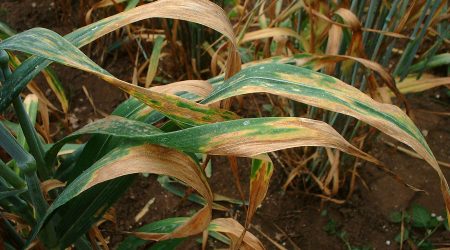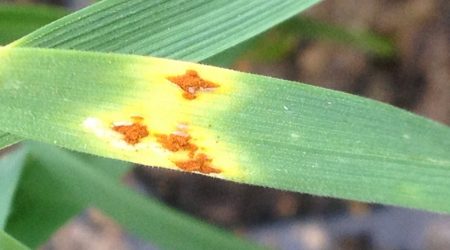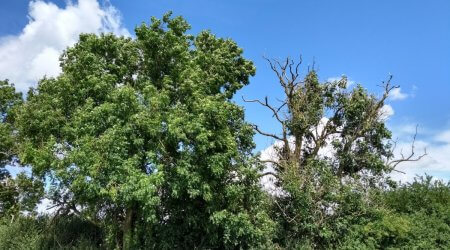For the past decade, the future has looked bleak for European ash trees devastated by ash dieback and facing the threat of more invasive pests
However the evidence emerging in Norfolk’s woodlands, combined with the latest scientific research by the John Innes Centre, suggests a brighter outlook.
Step into a Norfolk woodland with the hum of traffic from a nearby road in the background, and you can see something remarkable is happening. The woodland floor is covered with young ash saplings. Some of them have the tell-tale orange bark that indicates ash dieback disease, but most do not.
This disease was first discovered in the wild in the UK in 2012 and successive studies have estimated that just 5% of the 90 million ash trees have good resistance. But here this woodland tells its own story, as most of the ash saplings bear the grey-green bark of healthy trees.
– Professor James Brown
“We think this means that natural selection could be happening in this wood right here, producing a population of young trees resistant to ash dieback. What we hope is that over the next 20 to 50 years these seedlings will grow to an age where they produce seed and pollen of their own. Their genes will recombine, and we will get a next generation of even healthier trees.”
It may take decades or possibly centuries, but the signs seen in this and other woodlands with resistant trees suggest that ash will survive as a keystone species. A project led by Dr Emily Beardon, who works in Professor Brown’s group, is investigating populations of ash from Norfolk and around Great Britain to understand more about the recovery of ash following the dieback epidemic.
“The ash collection here allows us to test for differences in ash dieback resistance between individual trees from around the UK and relate this to the genetic differences of those trees,” says Dr Beardon. “In some cases, ash may be healthy because it is avoiding infection or because the environmental conditions are not optimal for the fungus that causes the disease. We are also investigating how the ash dieback epidemic will influence herbivory of native insects on ash and how this might impact the future of ash in the country.”
Researchers are also concerned about the possibly accidental introduction of invasive pests that could damage the ash population. But there is some further good news emerging from a new study led by the John Innes Centre. The study, published in the journal Plants, People, Planet, reveals that European ash has moderately good resistance to the emerald ash borer (EAB), a beetle which has severely affected ash species in the USA and some parts of Russia.
Tests in controlled conditions at Ohio State University, on a selection of ash species show that European ash – while not immune to initial attack by the EAB – has the ability to restrict the beetle’s development. The frequency with which larvae of the EAB developed to later stages in European ash was much lower than in the highly-susceptible black ash. European ash had similar resistance to that of Manchurian ash which co-exists with the beetle in East Asia. Previously it was feared that if EAB arrived in Britain, any native European ash trees that hadn’t succumbed to ash dieback may be finished off by the beetle.
Professor Brown, one of the authors of the study, explains that the picture is more positive.
“We expect that healthy trees may suffer some harm from emerald ash borer if it gets in to the country but not be severely damaged.”
The cautious optimism is tempered by the concern that many ash trees, already weakened by ash dieback, may be finished off by EAB. Professor Brown explains, “If the beetle were to arrive in the UK it would encounter an ash population weakened by exposure to ash dieback. The combined effect may prove highly destructive initially to woodland and urban plantings.
“The implication of our study is that the emerald ash borer must be kept out of the UK for as long as possible particularly by restricting imports of ash wood, both timber and firewood, from areas affected by the beetle or neighbouring areas.”







